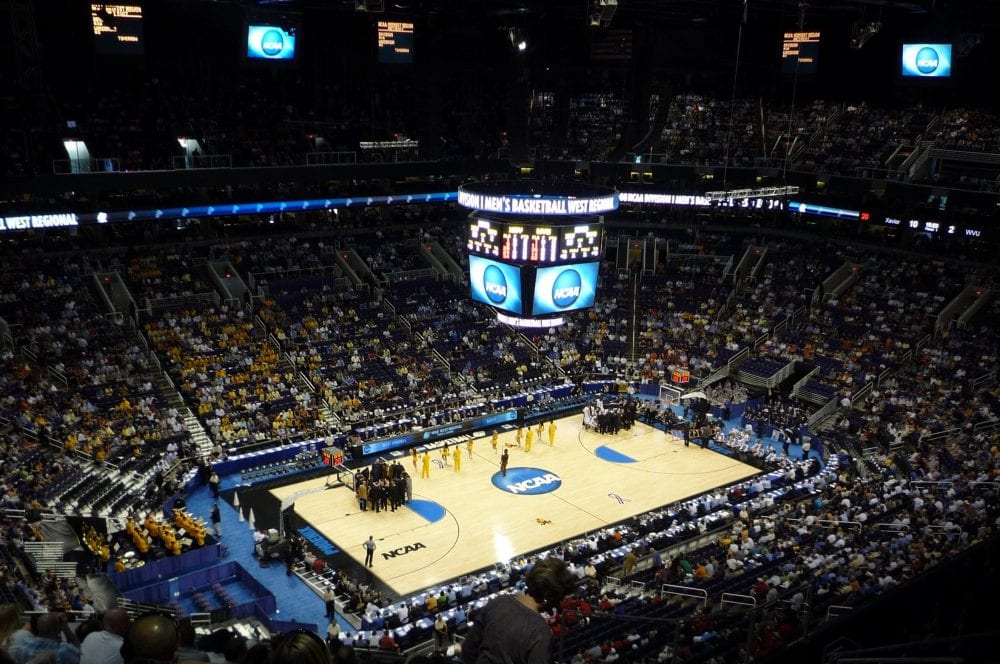Colleges are mulling how to reopen their campuses in the wake of the pandemic which forced them to close. For student-athletes hoping to resume sports next semester, the NCAA has offered some guidance to help make the transition back to campus a smooth, safe one.
The NCAA released a new document Friday dubbed “Resocialization of Collegiate Sport: Action Plan Considerations” which focuses on ways schools can mitigate the risk of spreading COVID-19 throughout its community.
“Every community is different, and schools may return to campus at different times. But each will have to balance the need to return with the top priority of protecting student-athlete health and well-being,” NCAA chief medical officer Brian Hainline said in a statement. “Until there is a vaccine in place, medical experts recommend adopting specific practices — including testing and social distancing when possible — and having plans in place for stopping spread if and when staff or students test positive for the coronavirus.”
The document suggests that prior to reopening, schools have in place a COVID-19 communication plan connecting athletes with the institution as well as the entire school with local and state facilities. Special attention should be paid to student athletes and athletics staff upon a return to campus and to mitigate risk prior to returning, the NCAA suggests schools confirm no high-risk virus exposure or typical symptoms for at least a two week period. Additionally, athletes facing “physical distancing challenges” while traveling back to school are advised to self-quarantine for at least seven days.
Onsite student-athletes should practice self-health evaluations daily and notify a proper health care representative upon noticing symptoms such as fever, shortness of breath, chills, muscle aches, loss of smell or taste and rash or redness on the skin. A proper physical and mental health screening of athletes is advised before being cleared to participate in athletics.
Once on campus, the NCAA suggests that athletes and personnel practice physical distancing, contact tracing and proper hygiene. Plans should be in place as well for COVID-19 testing, including diagnostic PCR and antigen tests plus serological and surveillance testing. To ensure adequate testing supply and frequency of tests needed, the NCAA has classified each sport by contact risk factor, grouped into low (tennis, cross country, golf, swimming and diving), medium (baseball and softball) and high-risk (wrestling, basketball, football, hockey, volleyball, rowing, lacrosse, soccer and water polo).



